Sorghum is high in several nutrients, including B vitamins, which are important for metabolism, nerve cell formation, and hair and skin health. It’s also high in magnesium, a mineral that plays a role in bone development, heart health, and over 600 metabolic activities in the body, including energy synthesis and protein metabolism.

Sorghum is also abundant in antioxidants, such as flavonoids, phenolic acids, and tannins. Antioxidant-rich foods can help to reduce oxidative stress and inflammation in the body. Furthermore, half a cup of sorghum has over 7 grams of fiber, which is roughly 25% of the daily fiber needed. Fiber-rich foods aid in weight management, cholesterol reduction, blood sugar stabilization, and constipation prevention.
And this grain is a fantastic plant-based protein source. In fact, it has the same amount of protein as quinoa, a high-protein cereal grain. Sorghum has a nutritional profile that is second to none. It has a lot of vitamins and minerals, as well as fiber and protein, all of which are beneficial to your health. It’s a grain that’s devoid of gluten.
Gluten is a protein group present in some grains that provides meals with a flexible texture and shape. The demand for gluten-free products is increasing as more individuals avoid gluten for health reasons such as celiac disease or non-celiac gluten sensitivity. If you’re following a Paleo or other grain-free diet, sorghum can be a decent substitute for gluten-containing grains like wheat.
If you’re seeking a gluten-free grain, sorghum is a fantastic choice. Sorghum flour can substitute gluten-containing flour in baked goods such as bread, cookies, and other sweets. This whole grain is also a filling side dish. Sorghum goods, however, may be produced in facilities that also generate gluten-containing items. Make sure they’re manufactured in a gluten-free facility by reading the label.

There are several applications.
Sorghum is a versatile grain that may be used in a variety of dishes.
You may enjoy it in a variety of ways, including:
- Rice or quinoa-alternative. It can be used in place of rice. Cook whole grain and pearled sorghum in the same way you would rice or quinoa.
- Flour that has been milled. It may be used as a gluten-free flour in most recipes because of its neutral flavor and light color. Simply replace it with a 1:1 ratio.
- Popped. In a hot skillet, toss the grains and watch them pop like popcorn. Seasonings can be used for added flavor.
- Flaked. Flaked sorghum, like other cereal grains like oats, is wonderful as cereal and in baked goods like granola bars and cookies.
- Syrup. Sorghum syrup is used as a natural sweetener or as a substitute for molasses in processed meals.
Sorghum is a nutrient-dense grain that may be used in a variety of ways. It’s high in B vitamins, magnesium, potassium, phosphorus, iron, and zinc, among other vitamins and minerals. It also contains a high amount of fiber, antioxidants, and protein. Furthermore, in most dishes, whole sorghum may easily be substituted for rice or quinoa. Pop the whole grains on the stovetop to create popcorn for a healthy snack. Finally, sorghum flour may be used as a gluten-free substitute for other flour. Try sorghum if you’re seeking a nutritious grain to add to your next meal.
Neogric is a trusted global order fulfillment and sourcing solution company with deep expertise in the Agric industry. Our end-to-end supply chain solution makes the export of quality agric products easy, quick, and safe. Whichever region of the world you are in, be it Europe, Asia, USA, Canada, Other North/Central American countries, Africa, South America, or Oceania, you can reliably order your agric products and we will ensure it is successfully delivered to you.


